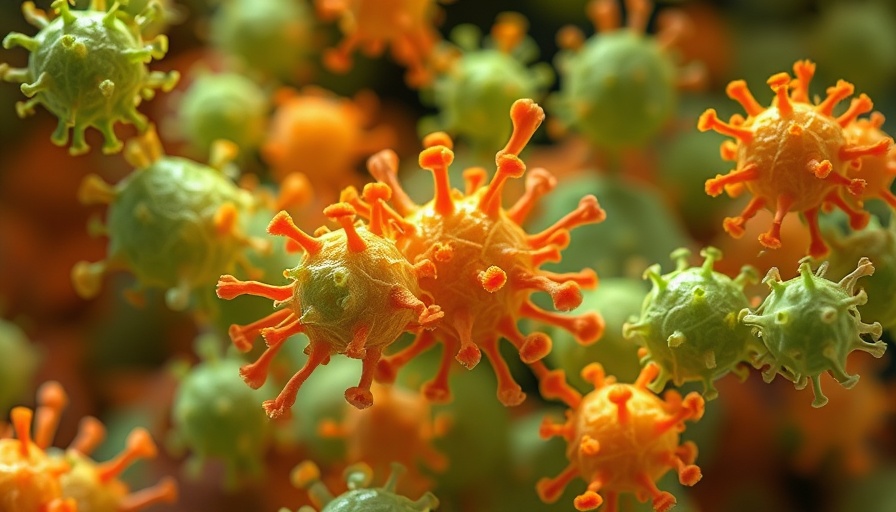
Unveiling the Intriguing Link Between Plastic and Pathogens
The increasingly complex relationship between plastic usage and bacteria in modern medicine has taken a dark turn, as researchers discover that the notorious superbug Pseudomonas aeruginosa not only thrives in hospital environments but has learned to feast on medical plastics. This revelation comes from a study conducted at Brunel University of London, highlighting the urgent need for reassessment of hygiene protocols in healthcare facilities.
The Scope of Pseudomonas Aeruginosa as a Healthcare Threat
As one of the most harmful bacteria, Pseudomonas aeruginosa is responsible for about 559,000 deaths each year globally, largely affecting patients with weakened immune systems or those undergoing intensive treatment. Typically known for causing infections like pneumonia and urinary tract infections post-surgery, the finding that this bacterium can digest medical plastics raises alarms about patient safety and medical practices. Healthcare experts warn that with plastic becoming a staple in medical procedures—from sutures to drug delivery systems—its role as a sustenance source for harmful pathogens cannot be ignored.
The Mechanism Behind Plastic Decomposition
The study's findings suggest that these bacteria are not just surviving in healthcare settings; they are actively degrading vital medical materials. Through the digestion of polycaprolactone, a common plastic in medical devices, the bacteria produce stronger biofilms that enhance their antibiotic resistance, complicating treatment efforts. This adaptation demonstrates an alarming trend where healthcare providers may be unwittingly enabling the survival of persistent pathogens by using plastic devices.
Rethinking Medical Practices for Enhanced Safety
The implications of this research prompt a call to action for reevaluation of the materials used in medical settings. Careful scrutiny of the existing inventory of medical devices and a push towards alternative materials may be necessary to ensure patient safety. According to study leader Ronan McCarthy, a strategic focus on understanding this relationship could ultimately lead to improved sanitization methods, reducing the risks associated with plastic in hospitals.
Future Predictions: What Lies Ahead for Healthcare?
As we move forward, it is critical for ongoing research to explore sustainable alternatives and novel strategies to mitigate the risks posed by superbugs like Pseudomonas aeruginosa. The healthcare industry must brace itself for innovation not only in treatment methodologies but also in the materials that form the backbone of patient care. Future medical advancements may hinge on reducing dependency on plastic, pushing for an era of more resilient healthcare solutions.
 Add Row
Add Row  Add
Add 
 Add Element
Add Element 

Write A Comment